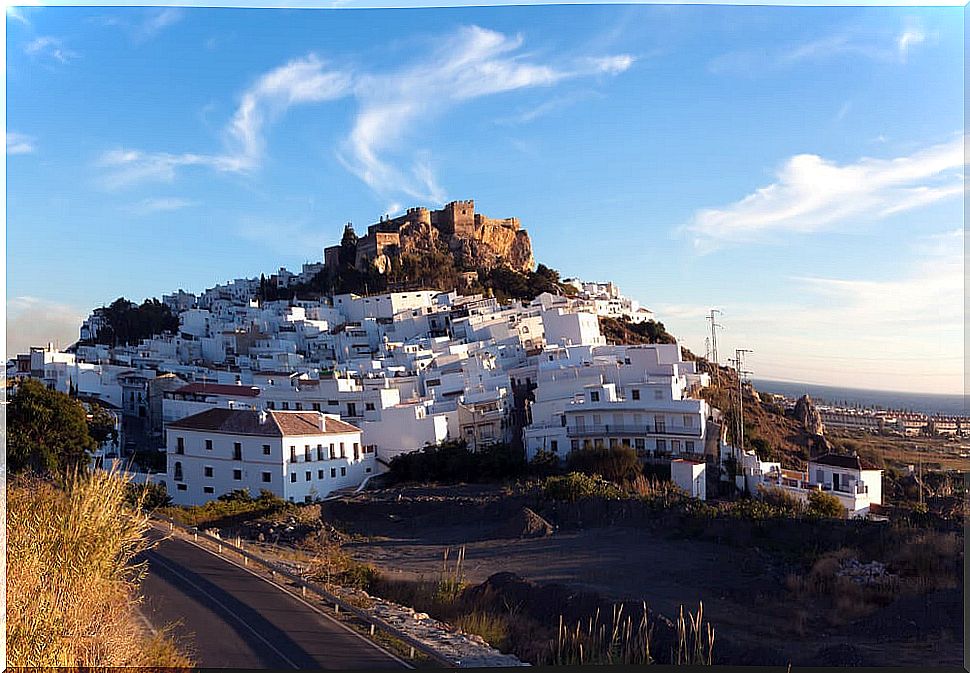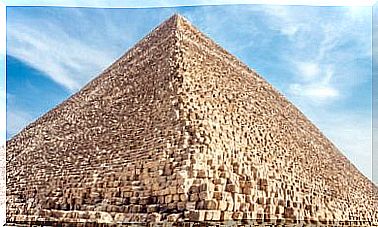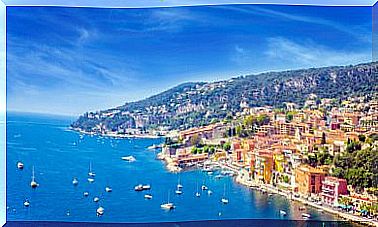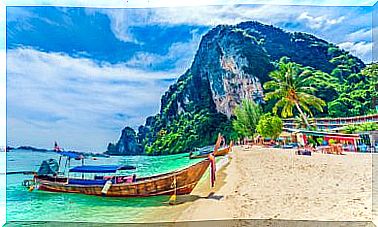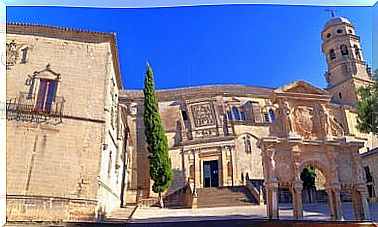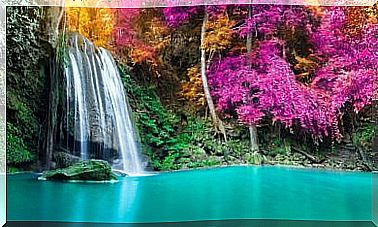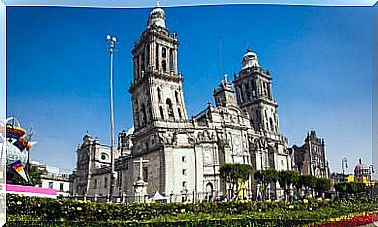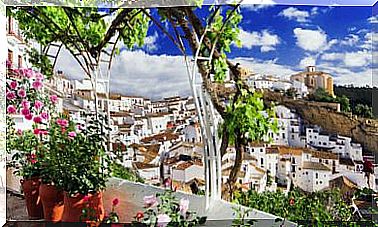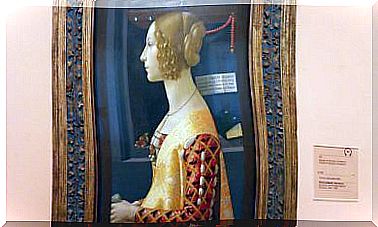An Italian Castle In Granada: The Castle Of La Calahorra
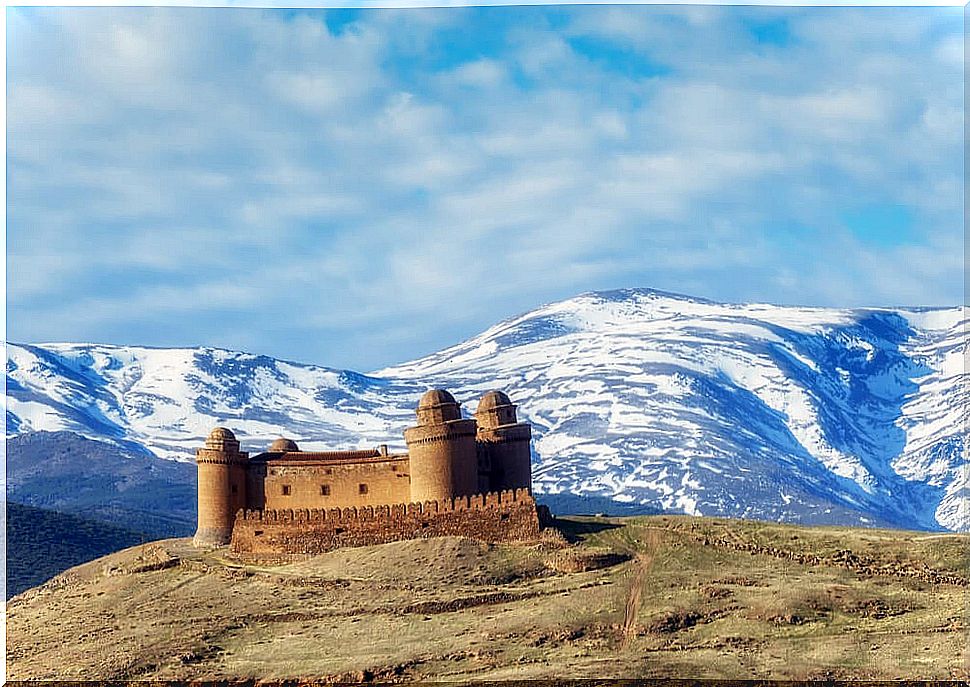
Located on a promontory, the castle of La Calahorra in Granada is the first example of a Renaissance castle that Spain has. And this is because its promoter, Don Rodrigo Díaz de Vivar y Mendoza, brought a castle by pieces from Italy to be his residence in his Spanish lands.
The Marquis of Cenete
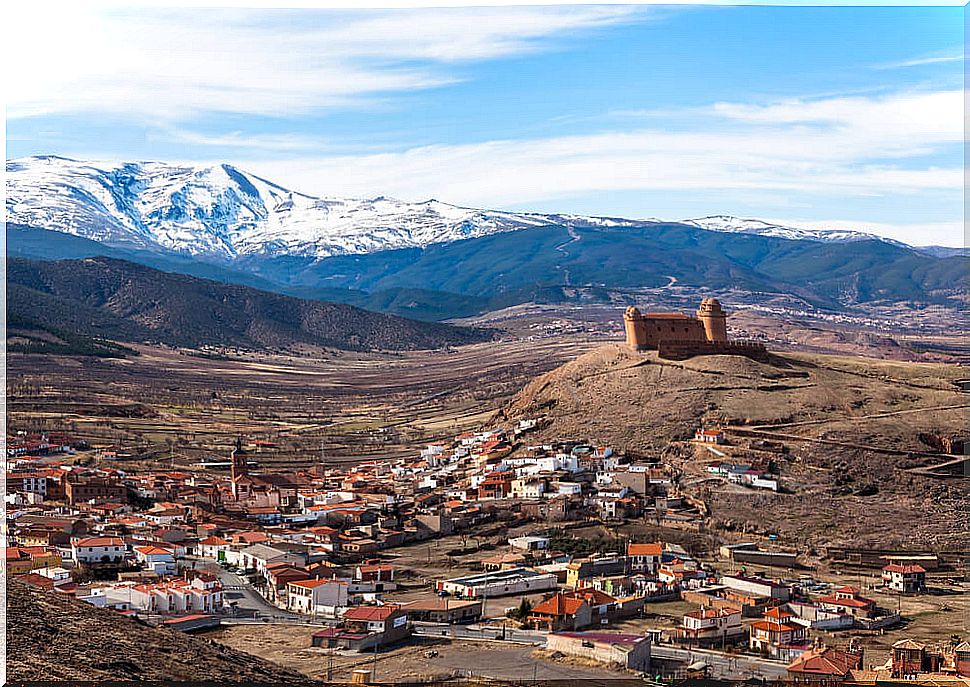
The history of this castle begins with the first Marquis del Cenete. It was Don Rodrigo Díaz de Vivar y Medoza, a character closely linked to the artistic and cultural currents of the moment, especially the Italian ones.
His father, Cardinal Mendoza, founded this mayorazgo for his son in the lands of Guadix. This is quite a singular fact at the time, as the Catholic Monarchs tried to dissolve the feudal privileges of the old lords and had ordered the demolition of towers and castles that represented the power of the local lord.
However, this premise was not fulfilled with the Mendoza family. Possibly it was because the monarchs needed to control the population of the Marquesado del Cenete, with strong Moorish roots. And for that company they had Don Rodrigo, famous for his strong temperament.
This is perfectly reflected in the fact that its basements were used as dungeons for Moorish prisoners. The prisoners remained here until they were transferred to the Royal Chancellery of Granada to be tried.
An Italian castle in Granada
The castle of La Calahorra in Granada began to be built in 1509 and in 1512 it was already finished, a date on which Gothic was still the representative style of the monarchy. In this way, we can say that it is a pioneer in the introduction of Renaissance architectural and decorative elements in Spain.
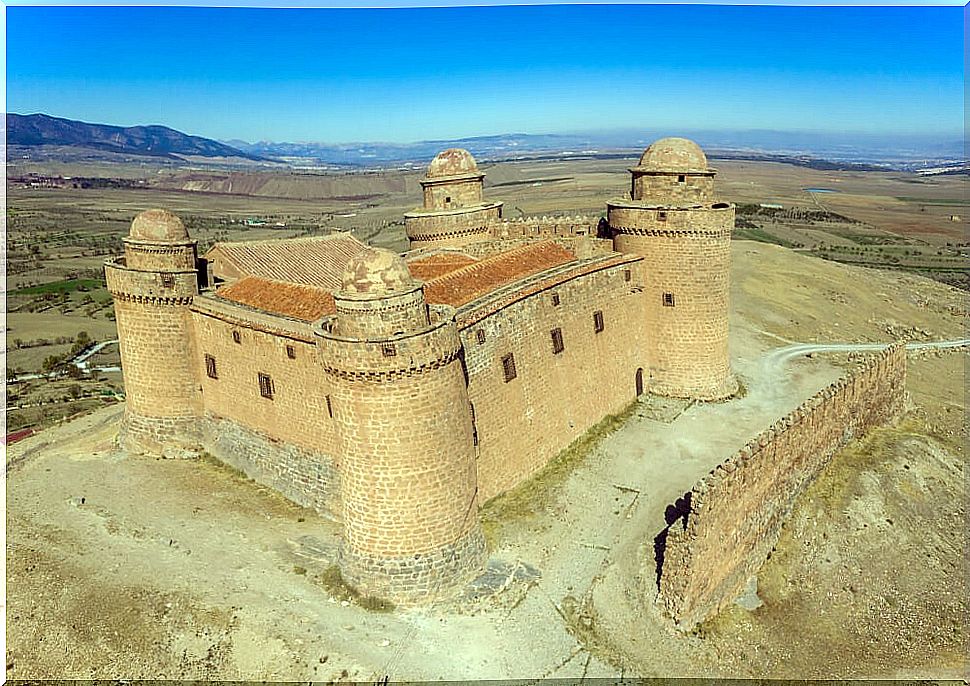
It is thanks to the demand and impatience of the Marquis del Cenete that the castle is finished so soon. And, not happy with the first architect he hires, Lorenzo Vázquez, he is replaced by the Italian Michelle Carlone, whom he orders the hiring of multiple artists who work for the castle even from Italy
It was to be his residence and that of his wife, Dona María de Fonseca. The inscription that presides over the courtyard is dedicated to her and, therefore, she wanted everything to be to her liking. Thus, the marquis becomes fully involved in the project and during his trips to Italy he commissioned plans and designs from Italian artists.
It seems that Vázquez is responsible for the construction of most of the exterior. An exterior that looks more like that of an impregnable fortress than that of the delicate palace that we find inside. And it may also be that the approach to the staircase and the patio, for which he used Almeria marble from Macael, are the idea of Lorenzo Vázquez.
But soon, Vázquez would be replaced by Italian Michele Carlone. This would give the instructions for the castle to acquire the image we see today. Its plant is square. The circular towers stand out in the four corners, as well as the beauty of the central courtyard and the entire iconographic program dedicated to Roman mythology.
The interior of the castle of La Calahorra in Granada
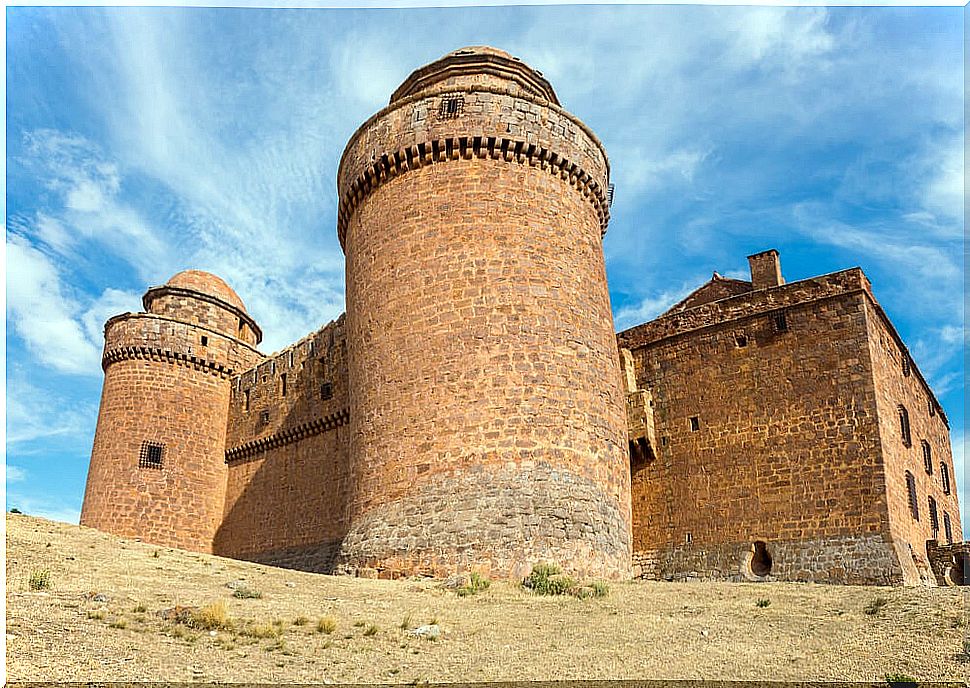
The impatience of the marquis caused many of the pieces to be brought already carved from Italy. Thus, they were received in the port of Almería and transferred to the marquisate. For this reason, the castle of La Calahorra has a very important sample of white Carrara marble.
The staircase stands out, which combines the Spanish tradition of cloistered staircases and the Genoese style. This breaks the square of the plant, since for its development a module that stands out on one of the sides of the castle was built.
In addition, inside we can find a whole display of Genoese, Lombard and Carrarensis art. The style of the Italian Quattrocento is appreciated in its elements.
If you visit it, don’t miss the entrance to the Hall of the Marquis, a whole triumphal arch in which the iconography refers to the afterlife. This is based on the Codex Escurialense. Thus, Hercules does not let evil enter and Apollo will be the promoter to achieve immortality.
The visit to the castle of La Calahorra
The castle is still private property, however, it is mostly visitable. To do this, you have to make an appointment or go on Wednesdays. A private guide leads the visitors inside, paying the visitor’s taste.
Its access has not yet been conditioned for people with reduced mobility. And since it is on a small hill, it is recommended to wear comfortable shoes to ascend up to it.
